Papacy began 31 March 1829 | Name Pope VIII Papacy ended 30 November 1830 Ordination December 17, 1785 | |
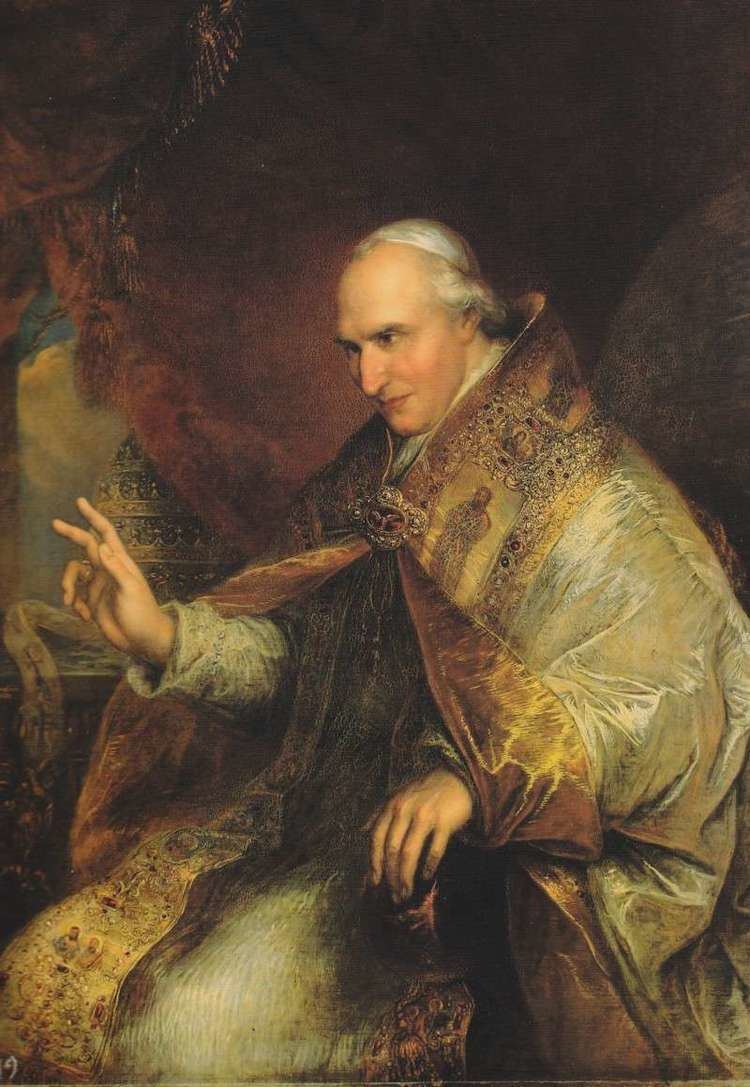 | ||
Consecration 17 August 1800by Giuseppe Maria Doria Pamphilj Birth name Francesco Saverio Castiglioni Previous post Bishop of Montalto delle Marche (1800-1816)Cardinal-Priest of Santa Maria in Traspontina (1816-1821)Bishop of Cesena (1816-1821)Official of the Roman Curia (1821)Cardinal-Bishop of Frascati (1821-1829)Prefect of the Roman Curia (1821-1829) Parents Countess Sanzia Ghislieri, Count Ottavio Castiglioni Similar People Pope Clement XIII, Pope Innocent XII, Pope Anastasius III, Pope Innocent VIII, Otto II - Holy Roman Emperor | ||
Pope Pius VIII | Wikipedia audio article
Pope Pius VIII (20 November 1761 – 30 November 1830), born Francesco Saverio Castiglioni, reigned as Pope from 31 March 1829 to his death in 1830.
Contents
- Pope Pius VIII Wikipedia audio article
- Early life
- Episcopate and cardinalate
- Election
- Modernism and Biblical translations
- Other activities
- Health and death
- Literature
- References
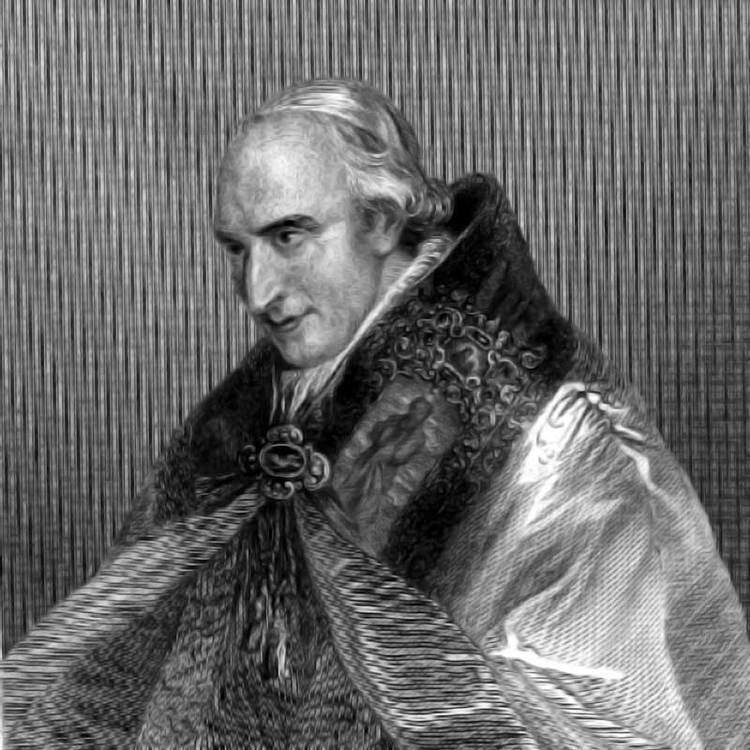
Pius VIII's pontificate was the shortest of all the popes of the 19th century, and is likely the least remembered. His brief papacy witnessed the Catholic Emancipation in Great Britain in 1829, which he welcomed, and the July Revolution in France in 1830, which he reluctantly accepted. Pius VIII is often remembered for his writings on marriages between Catholics and Protestants in the 1830 encyclical Litteris altero abhinc, in which he declared that a marriage could only be properly blessed if proper provisions had been made to ensure the bringing up of children in the Catholic faith. His death less than two years after his election to the papacy has led to speculation of a possible murder.
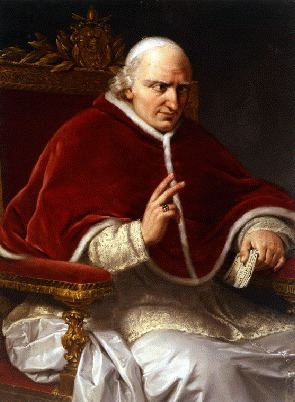
Early life
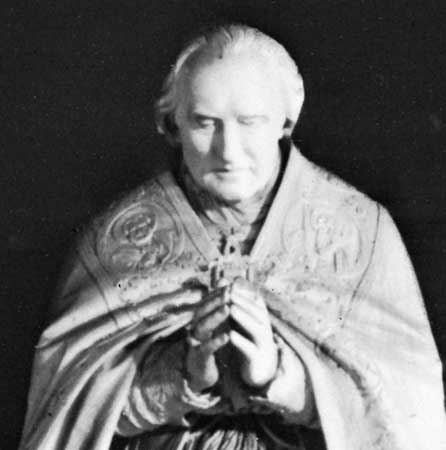
Francesco Saverio Castiglioni was born in Cingoli, Marche, the third of eight children of Count Ottavio Castiglioni and his wife Sanzia Ghislieri. His baptismal name was recorded as Francesco Saverio Maria Felice. He studied at the Collegio Campana run by the Society of Jesus and, after that, at the University of Bologna where he earned a doctorate in canon law and in civil law in 1785. He was ordained to the priesthood on December 17, 1785.
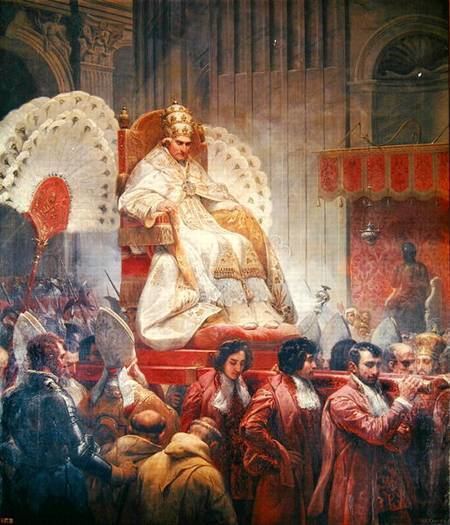
He served as the Vicar General of Anagni (1788–90), Fano (1790-97) and Ascoli Piceno (1797-1800).
Episcopate and cardinalate
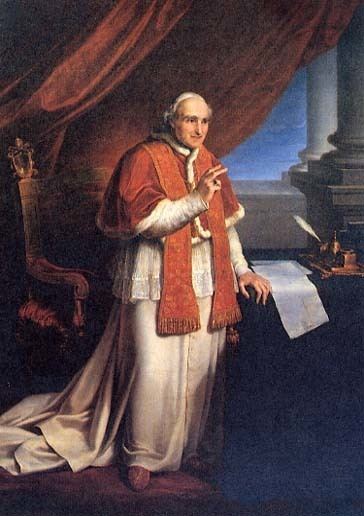
On August 11, 1800, Castiglioni was appointed Bishop of Montalto. He received episcopal consecration on August 17 in Rome at the Church of Santi Domenico e Sisto. Cardinal Giuseppe Doria Pamphili served as consecrator, assisted by Nicola Buschi and Camillo Campanelli. He refused to swear allegiance to Napoleon or to his client state, the Kingdom of Italy. On July 29, 1808, he was arrested and taken to Milan. Castiglioni was subsequently taken to Pavia, to Mantua, and then to Turin, where he arrived on November 10, 1813. On November 18, he was brought back to Milan. Finally, after Napoleon fell, Castiglioni returned to his diocese on June 16, 1814. He was praised by Pope Pius VII who in 1816 elevated him to the cardinalate as the Cardinal-Priest of Santa Maria in Traspontina. He held various high offices thereafter, including that of Apostolic Penitentiary. He soon became a Cardinal-Bishop of the suburbicarian see of Frascati.
Castiglioni was considered a front-runner in the conclave of 1823. He was known to be close to Pius VII, who often referred to Castiglioni as "Pius VIII." However, he failed to gain the necessary votes, in part due to controversy surrounding an alliance between him and another favorite, Secretary of State Ercole Consalvi. Cardinal Annibale della Genga was elected instead, and he took the name of Pope Leo XII.
Election
After the death of Pope Leo XII in 1829, Castiglioni was again considered to be a major candidate, though was questioned due to his frail health. Despite these concerns, he was elected as pope in the papal conclave of 1829. Given that Pope Pius VII had referred to him as Pius VIII, it seemed only suitable that it was the pontifical name that he chose. He was crowned on April 5, 1829 by Cardinal Giuseppe Albani.
Modernism and Biblical translations
As Pope Pius VIII, he initiated some reforms in the Papal States. On May 24, 1829 he issued an encyclical, Traditi humilitati. Regarding religious pluralism, he condemned the "foul contrivance of the sophists of this age" that would place Catholicism on par with any other religion. Regarding Bible translations, he wrote in that encyclical:
We must also be wary of those who publish the Bible with new interpretations contrary to the Church's laws. They skillfully distort the meaning by their own interpretation. They print the Bibles in the vernacular and, absorbing an incredible expense, offer them free even to the uneducated. Furthermore, the Bibles are rarely without perverse little inserts to ensure that the reader imbibes their lethal poison instead of the saving water of salvation.
On 25 March 1830, in the brief Litteris altero, he condemned the masonic secret societies and modernist biblical translations. Pius VIII accepted the situation on mixed marriages between Protestants and Catholics in Germany, but he opposed changes in Ireland and Poland, which were still strongly Catholic. In Litteris altero abhinc, he declared that a mixed marriage could only be blessed by a priest if proper promises had been made to educate the children of the marriage as Catholics.
Other activities
His brief pontificate saw the Catholic Emancipation in the United Kingdom and the July Revolution in France, which occurred in 1829 and 1830, respectively. Pius VIII recognised Louis Philippe I (1830–48) as French king and allowed him to use the French king's customary title "Roi Très Chretien," which means "His Most Christian Majesty."
Pius VIII also held three consistories in which he elevated a total of six men into the cardinalate. He held these ceremonies on July 27, 1829, March 15, 1830, and July 5, 1830.
He canonized no saints during his brief pontificate but he beatified two individuals. On December 23, 1829 he beatified Benincasa da Montepulciano, and on March 4, 1830 he beatified Chiara Gambacorti. In 1830 Pius VIII proclaimed Saint Bernard of Clairvaux a Doctor of the Church.
Of remarkable importance to the future is a letter of his to a French bishop, where he allowed the taking of moderate interest (under the principle of foregoing a profit by investing the lent capital; see Vix pervenit for the discussion of the topic).
Being, at that time, head of the Roman State, he remained popular for decades for removing the so-called cancelletti (grids) from the taverns, which Leo XII had ordered to be put there to hinder the consumption of wine unless accompanied by a meal. A poem was written about him that ran thus: "Allor che il sommo Pio / comparve innanzi a Dio / gli domandò: Che hai fatto? / Rispose: Nient'ho fatto. / Corresser gli angeletti: / Levò i cancelletti." (Which is approximately in English: At the time when the highest Pius / approached God in the highest / He asked him: What have you got done? / He answered: "There's nothing I've got done." / But the angels present knew better: / "He cancelled the cancelletter".)
Health and death
Pius VIII was in very poor health during most of his papacy. He died on November 30, 1830 at the age of 69 in the Quirinal Palace in Rome.
Certain theories have emerged suggesting that Pius VIII was poisoned, but no proof has been found to verify this claim. Cardinal Camillo di Pietro gave the funeral ovation for the late pope, before the cardinals entered the conclave to choose a successor. Pius VIII was succeeded by Pope Gregory XVI.
